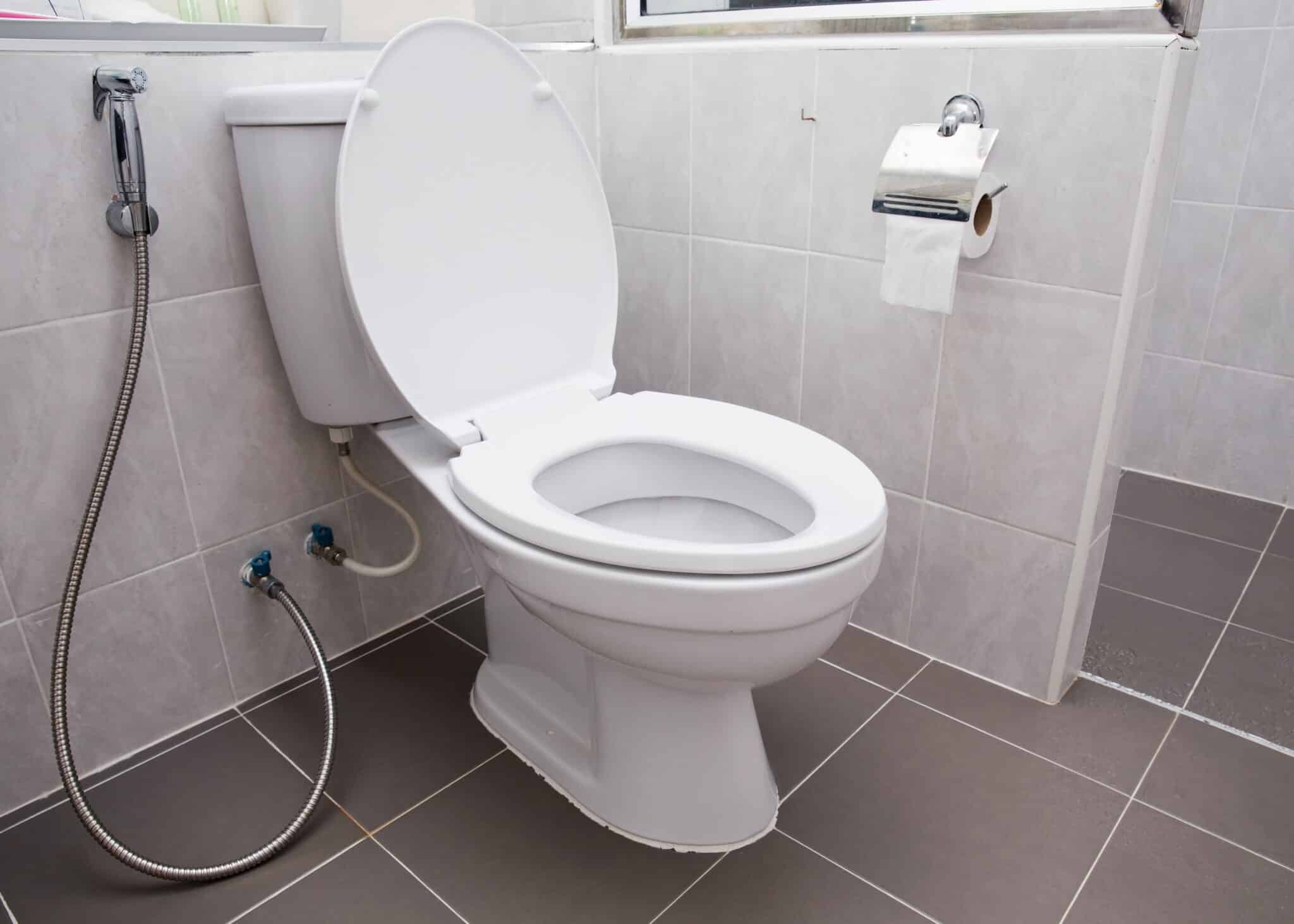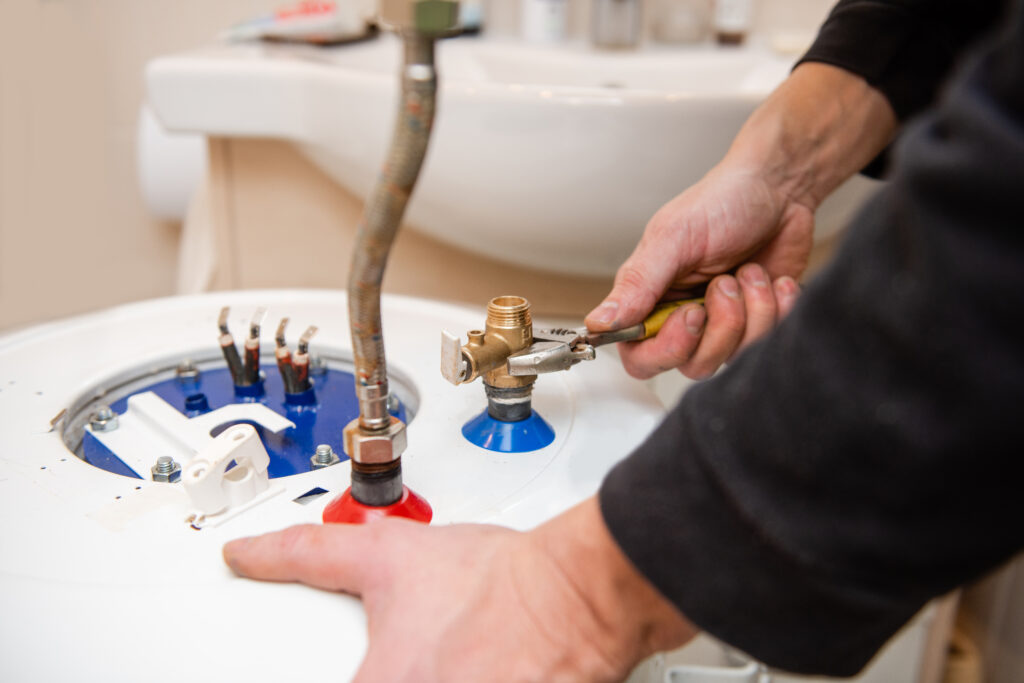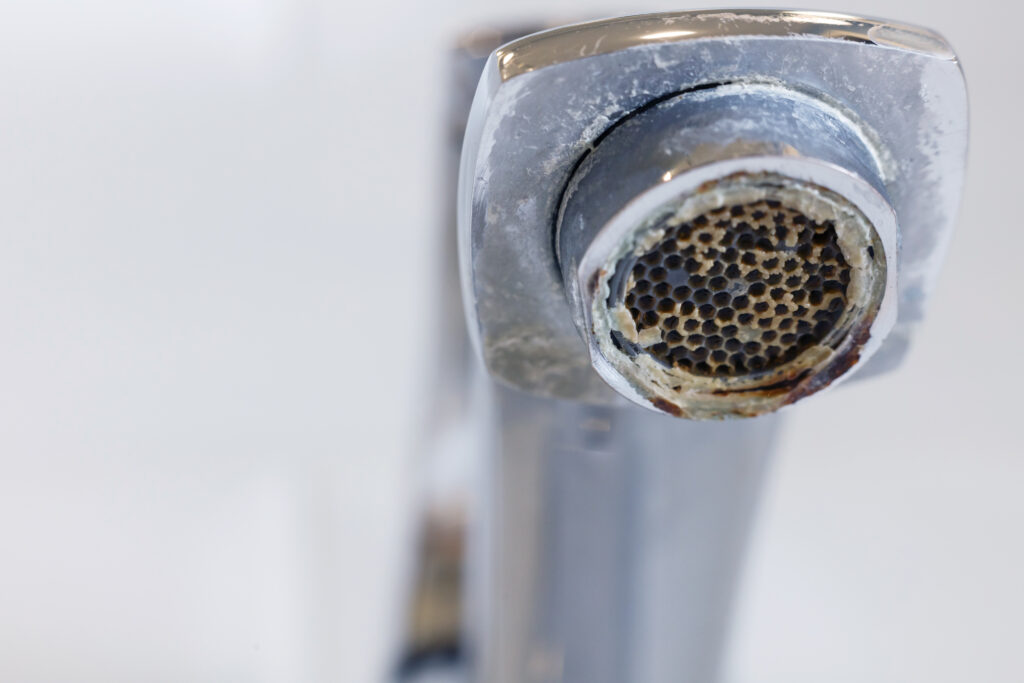A toilet that won’t flush can be unpleasant, to say the least, but have you ever wondered why it happens? While there can be many different reasons for a toilet not flushing properly, most of them are relatively easy to fix. This is good news because living without a functioning toilet is not an option for most people. In this blog post, we’ll explore some of the common causes of a toilet not flushing properly and how to troubleshoot and fix them.
Understanding How a Toilet Works
Before we explore why your toilet won’t flush, it’s important to understand how a toilet works. At its core, a toilet is a simple mechanism that uses water and gravity to flush away waste. Here is what is happening behind the scenes when you flush your toilet:
The Flushing Process
- Flushing Initiation: When you press the flush handle, it lifts a chain attached to the flapper valve located at the bottom of the tank and controls the water flow.
- Water Flow: As the flapper valve is lifted, water from the tank flows into the toilet bowl through small holes called rim jets.
- Siphoning Action: The force of gravity pulls down the waste and water in the bowl, creating a siphoning action that carries everything away.
- Tank Refill: Once all the water has been flushed out of the tank and toilet bowl, the flapper valve closes, and the tank begins to refill with water. Once the tank is full, the toilet is ready for its next use.
Understanding this process can help you identify the source of the problem when your toilet won’t flush properly.
Why Your Toilet Might Not Be Flushing
If your toilet is not working as it should, it means that one or more components in this flushing process are not functioning properly. Here are some common reasons why your toilet may not be flushing:
Clogged Bowl
One of the most frequent causes of a toilet not flushing is a clog in the bowl. When too much toilet paper, sanitary products, or other unsuitable items are flushed, they can block the passage of waste and water through the siphon tube.
Insufficient Water in the Tank
If there isn’t enough water in the flush tank, it won’t provide a strong enough flush to clear the bowl. This can be due to improperly adjusted float, a low water supply, or leaks.
Faulty Flapper
A flapper that doesn’t seal properly or that opens partially won’t release enough water quickly enough to generate an effective flush. This can be due to warping, degradation, or buildup of minerals and grime.
Blocked Inlet Holes
Calcium and lime deposits can build up in the small inlet holes around the rim of the toilet bowl, where water flows in from the tank. This can significantly weaken the flush by reducing the volume and pressure of water entering the bowl.
Damaged Fill Valve
A fill valve that isn’t functioning properly can fail to refill the tank after a flush, or it may fill the tank very slowly. This issue may be caused by internal wear and tear or debris inside the valve.
Improper Chain Length
The lift chain connecting the flush handle to the flapper must be the right length. If it’s too short, the flapper can’t seal correctly after a flush; if it’s too long, the flapper won’t lift enough to allow a full flush.
While these are some of the most common causes of a weak flushing toilet, there could be other underlying issues, such as a clogged sewer line or a faulty toilet design. It’s always best to consult a professional plumber if you’re experiencing consistent flushing problems.
Best DIY Fixes for Toilet That Won’t Flush
When your toilet fails to flush properly, it’s not only frustrating but can also disrupt your daily routine. Fortunately, many common flushing problems can be fixed at home with a few simple tools and some basic know-how. Here are effective DIY solutions for the most typical issues:
Fixing a Clogged Bowl
- Solution: Use a plunger to create pressure and suction that can dislodge the blockage. If that doesn’t work, a toilet auger can reach deeper into the drain, breaking up the clog without damaging the toilet.
Adjusting Water Levels in the Tank
- Solution: Check the water level and adjust the float ball or cup. The water should be about an inch below the overflow tube. Bend the float arm to ensure more water is allowed into the tank.
Replacing a Faulty Flapper
- Solution: Turn off the water supply and drain the tank. Remove the old flapper and take it with you to the hardware store to find a compatible replacement. Install the new flapper and connect it to the flush chain, making sure it seals the valve seat properly.
Clearing Blocked Inlet Holes
- Solution: Mineral deposits in the inlet holes can severely weaken the flush mechanism. Use a small mirror to inspect and locate the blocked holes. Clear them out with a piece of wire, vinegar, or a commercial descaling agent. For stubborn deposits, soaking them with vinegar overnight can be effective.
Servicing a Damaged Fill Valve
- Solution: First, inspect the fill valve by removing the toilet tank lid and flushing the toilet to observe how it operates. Clean any debris from the valve. Replacing the fill valve is usually the most effective fix if the issue persists.
Adjusting the Chain Length
- Solution: If the chain is too tight, it may not allow the flapper to seal correctly after flushing, causing leaks. If it’s too loose, it might not lift the flapper high enough to release sufficient water. Adjust the chain to have just a bit of slack when the handle is at rest.
While many toilet issues can be resolved with DIY fixes, there are situations where calling a professional plumber is necessary.
When to Call a Plumbing Professional
If you’ve attempted the basic repairs—such as unclogging, adjusting the float, or replacing the flapper—and the problem persists, it may indicate a more severe issue like a deep clog in the sewer line, poor venting that affects the flushing mechanism, or structural problems with the plumbing pipes.
Additionally, if you notice signs of water damage, persistent leaks around the base of the toilet, or a wobbly toilet, these are often symptoms of underlying issues that require professional tools and expertise. It’s best to call a licensed plumber in these situations to properly diagnose and fix the problem.
Best Practices to Keep Your Toilet Flushing Properly
To avoid frequent toilet issues, it’s important to practice good maintenance habits. Here are some tips to keep your toilet flushing properly:
Regular Cleaning
Regularly clean the toilet bowl and tank to prevent the buildup of minerals and waste that can hinder flushing efficiency. Use mild cleaners to avoid damaging the tank’s components and the bowl’s glaze.
Watch What You Flush
Be mindful of what you flush down the toilet. Avoid disposing of anything other than toilet paper and natural waste. Items such as wipes (even those labeled flushable), sanitary products, cotton balls, and paper towels can clog the system.
Inspect Components Periodically
Check the flush mechanism inside the tank a few times a year. Look for signs of wear or damage to the flapper, fill valve and other components. Replace worn or degraded parts to prevent leaks and ensure efficient flushing.
Adjust Float Levels
Ensure the float is set to allow enough water into the tank to enable a full flush. The float arm or cup can be adjusted depending on the type of mechanism your toilet uses.
Check for Leaks
Regularly check for leaks in the toilet. A simple way to do this is to add a few drops of food coloring to the tank water. If you see the color seeping into the bowl without flushing, there’s a leak that should be addressed.
With these tips, you can keep your toilet functioning as it should and avoid costly repairs. Regular maintenance will not only save you money but also help conserve water, as a faulty toilet can waste gallons of water per day.
Need Professional Help to Get Your Toilet Flushing Again?
Hopefully, this post has helped you get your toilet flushing again. While many toilet problems can be solved with a few tools and a basic guide, recognizing when to call a professional is just as important. If you find yourself facing a plumbing challenge that feels too complex, or you need specialized services like plumbing remodeling, emergency services, or pipe repair, call Nearby Plumbing. Our techs are well-equipped to handle any task at hand.





